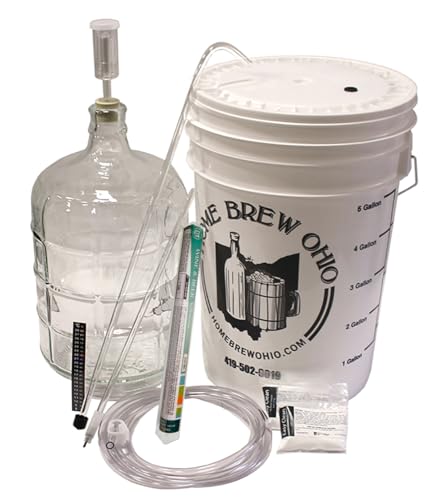reefman
Senior member
- Joined
- Feb 13, 2010
- Messages
- 962
- Reaction score
- 164
Pumpkinman,
I'm all ears. Would love some of your basic knowledge. My gardens have always been mediocre. Funny, because I have great success with my water gardens, but when it comes to veggies, they grow, but nothing near what you are describing.
Any help would be appreciated.
I'm all ears. Would love some of your basic knowledge. My gardens have always been mediocre. Funny, because I have great success with my water gardens, but when it comes to veggies, they grow, but nothing near what you are describing.
Any help would be appreciated.























































